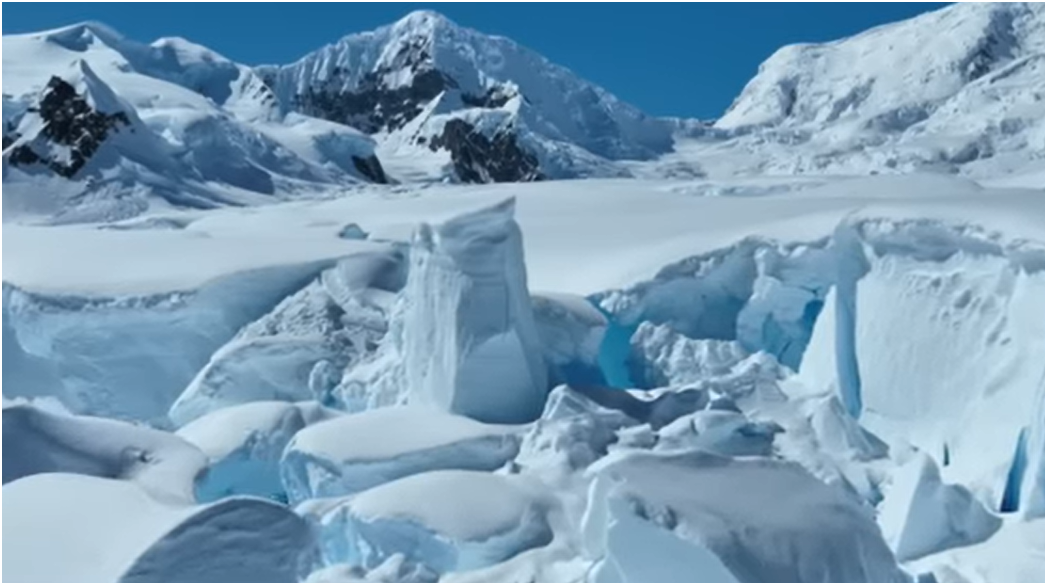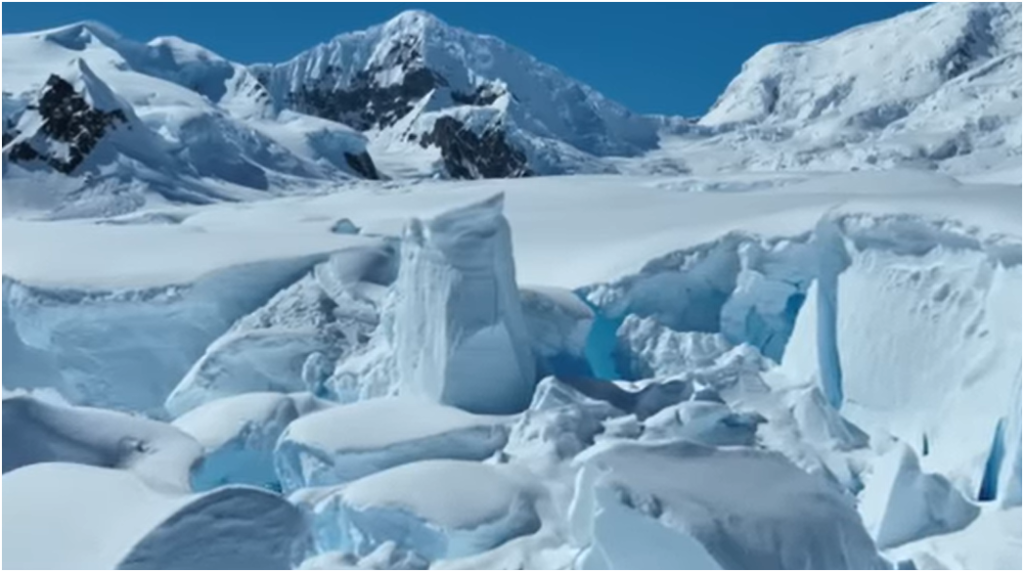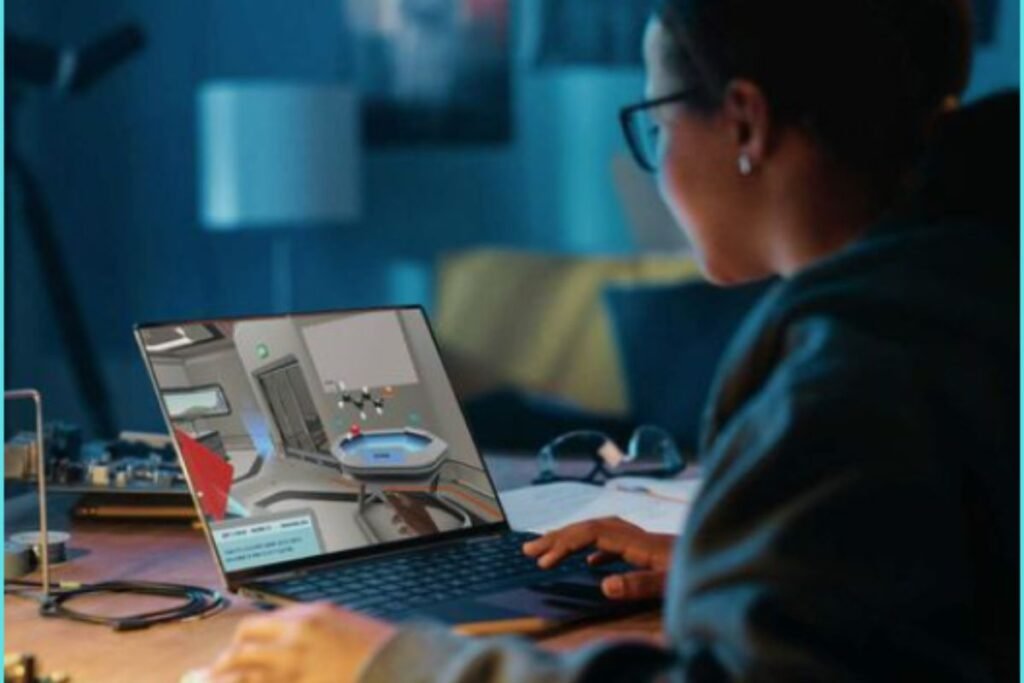
As the Arctic ice cap rapidly melts due to climate change, scientists and engineers are proposing radical solutions to refreeze the region and mitigate the devastating consequences of rising global temperatures. From windmill-powered pumps and iceberg-making submarines to cloud brightening and artificial snow, these innovative projects aim to restore the Arctic’s ice and prevent further sea-level rise.
Introduction
Imagine a world where the Arctic, once a frozen wilderness, is now a place of open water, threatening coastal cities with rising sea levels. This is not a distant future but a rapidly approaching reality. The dramatic melting of the Arctic ice cap is one of the most alarming indicators of climate change, posing severe risks to global ecosystems and human populations. However, hope is not lost. Innovative minds across the globe are devising ingenious methods to refreeze the Arctic and stave off the most catastrophic effects of climate change. In this article, we delve into these groundbreaking solutions and explore how they might turn the tide in our favor.
The Urgency of the Arctic Ice Crisis
Before diving into the solutions, it’s essential to understand the gravity of the situation. The Arctic ice cap acts as the Earth’s refrigerator, reflecting sunlight and keeping global temperatures in check. As it melts, darker ocean surfaces absorb more heat, accelerating warming—a phenomenon known as the albedo effect. According to the Cambridge Climate Repair Centre, without significant intervention, we could see ice-free summers in the Arctic within decades, leading to drastic weather changes and rising sea levels.
Innovative Solutions on the Horizon
1. Windmill-Powered Pumps: Harnessing Renewable Energy
One of the most intriguing proposals involves the use of windmill-powered pumps. This concept, championed by researchers at the Dutch startup, aims to harness wind energy to pump seawater onto the surface, where it would freeze and thicken the ice cap. These pumps could be strategically placed to maximize ice formation during the Arctic winter, effectively countering summer melt.
2. Iceberg-Making Submarines: Engineering New Icebergs
Another radical idea comes from the world of marine engineering: iceberg-making submarines. These submarines would dive beneath the ice, collect water, and then rise to the surface to freeze it into icebergs. This method not only creates new ice but also helps in regulating ocean temperatures. According to a report by Except Integrated Sustainability, these submarines could operate continuously, producing a significant amount of ice over time.
3. Cloud Brightening: Reflecting Sunlight
Cloud brightening is a geoengineering technique that involves spraying fine sea salt particles into the atmosphere to enhance cloud reflectivity. By making clouds whiter and more reflective, more sunlight is bounced back into space, reducing the heat that reaches the Earth’s surface. The Cambridge Climate Repair Centre highlights that this method could cool specific regions, like the Arctic, and slow ice melt.
4. Artificial Snow: Increasing Albedo
Artificial snowmaking is a more direct approach to ice restoration. By using snow machines to cover ice with a reflective layer, artificial snow can increase the albedo effect, similar to natural snow, and protect the ice beneath from melting. This technique has been proposed for use in critical areas to maintain ice thickness and stability.
Challenges and Considerations
While these innovative solutions offer hope, they also come with significant challenges. Cost, scalability, and environmental impact are major concerns. For instance, the deployment of windmill-powered pumps and iceberg-making submarines on a large scale requires substantial financial investment and international cooperation. Additionally, the long-term environmental impacts of geoengineering techniques like cloud brightening are still not fully understood.
The Role of International Collaboration
Global collaboration is crucial to the success of these initiatives. Recently, French President Emmanuel Macron pledged €1 billion for Arctic research, underscoring the importance of international support and funding in tackling this crisis. Such investments are vital for advancing research and deploying solutions on a scale that can make a real difference.
Hope on the Horizon
Despite the daunting challenges, the commitment of scientists and engineers worldwide provides a beacon of hope. The continuous development and testing of these innovative solutions, coupled with increasing awareness and support, bring us closer to mitigating one of the most pressing environmental crises of our time.
In conclusion, while the Arctic faces unprecedented threats from climate change, the ingenuity and dedication of the global community offer promising pathways to refreeze the Arctic. By investing in and supporting these groundbreaking initiatives, we can work towards a future where the Arctic ice cap is preserved, and the devastating impacts of climate change are mitigated. The journey is challenging, but with collective effort, a cooler, more stable planet is within our reach.
Further Reading and References
For those interested in exploring these initiatives further, the following sources provide in-depth information on the various projects and their progress:
- Fast Company: Dutch Startup Plans to Save Arctic Sea Ice
- Except Integrated Sustainability: Refreeze Project
- The Guardian: Macron Pledges €1 Billion for Arctic Research
- Sifted: Startup Plans to Refreeze the Arctic
- Cambridge Climate Repair Centre
- CNN Style: Design Ideas to Refreeze the Arctic
- CBC: Innovative Ideas to Refreeze the Arctic
- Perplexity: Scientists Working on Arctic Ice Solutions
By staying informed and supporting these groundbreaking projects, we can all play a part in securing a more sustainable future for our planet.







